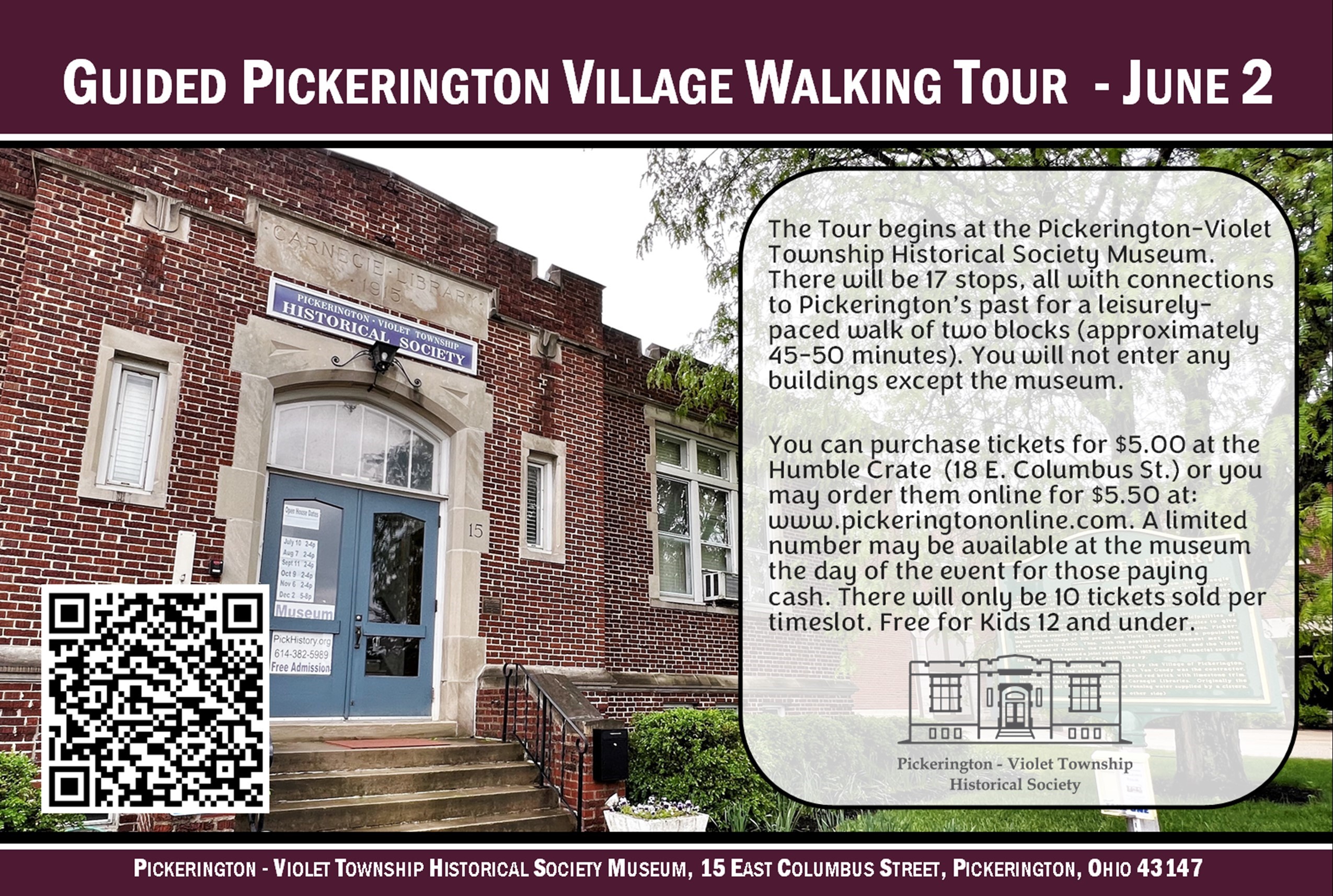
October 26, 2021
This weekend is your last chance to visit the historic Rock Mill at Stebleton Park (1429 Rockmill Place NW, Lancaster) before it closes for the season.
While the park remains open year-round, access to the inside of the mill and to the gorge below are limited to “Rock Mill Days” which are May through October, Wednesdays and Saturdays from 11 am to 2 pm and on Sundays from 1 pm to 4 pm.
On the last Sunday of the each “Rock Mill Day” month, volunteers from Fairfield County Park District (FCPD) operate the mill’s wheels to grind corn into meal. Visitors can watch the process and ask questions of the on-site historians at no cost. This Sunday, October 31, will be the last demonstration for the year.
According to the FCPD website, Rock Mill is a restored 1824 gristmill standing 90 feet above the gorge of Hocking River Falls. (Grist just means grain to be ground.)

The first mill at this location was built in 1799 by Joseph Loveland and Hezikiah Smith.
Not long after, they built a general store and a tannery. As business increased, they built a distillery and Blue Ball Tavern. The first Rock Mill stood for 21 years, until 1820, when it literally fell into the gorge.
In 1820, James Brook erected a new mill. The date is not verified. B. M. Brook, the grandson of James, recollected that he was five years old when the mill was being built by his grandfather. He remembered it because during construction his father fell into the deep pool of water at the bottom of the ravine making it a memorable experience. That second mill was destroyed by flooding just two years later, 1822.

The property changed hands again. Christian Morehart built this Rock Mill in 1824. This mill he built just a bit higher up the rock face and more out of the way of flood-water levels. All the timber framing is oak. It is five and a half stories high. It rests on two sandstone ledges in such a way that the power and grinding levels of the structure are partially subterranean. Three and a half stories stand above the rim of the deep gorge.
A 26-foot overshot waterwheel powered the mill. The waterwheel was powered by the waters of the Hocking River which were dammed above the 14′ natural waterfall and channeled to the mill area. A millrace was chiseled through solid rock just above the falls in front of the mill. The millrace was 30′ long, 18′ deep, 3′ wide. Water from it was transported to the wheel by a wood flume.
It served as a flour and gristmill, one of a dozen mills in the area whose power source was the Hocking River. It is said that Morehart intended his new mill to be used for wool as well, but the wool machinery was never installed. Morehart died June 4, 1859. The mill passed through many owners.
An 1899 remodeling resulted in the installation of a water turbine. However, it did not work well and, in 1901, the power source was changed to steam.

In 1994, Bob Stebelton bought the property and owned it until 2003. He began restoring the mill, pouring concrete footers and installing a massive steel beam to prevent this mill from the same fate at the first two – falling into the gorge.
Bob Stebelton did much to save the mill, “the undertaking got to be a little too much [for one man],” Rita Stebelton said during an interview in November 2017. Rather than allow it to decay beyond repair and lose the mill forever, they decided to donate it to Fairfield County Parks.
After 2003, a labor-intensive restoration was begun. There was an excavation that revealed original mill stones and many artifacts from bygone days.
New siding, wood windows, shutters, beams and posts were replicated to replace rotted and missing pieces. Stonework was done below ground to the foundation, a master carpenter was used to recreate stairs and the milling floor, massive new wood gears were constructed. A millwright was engaged to craft a replica of the 26′-diameter all-wood waterwheel. It was installed in September 2012; it is the largest of its kind in the state.
Finally, in 2017, Rock Mill roared to life! People from all over the U.S. and beyond visited to see the mill in action.

For more information, visit the Rock Mill website.

























